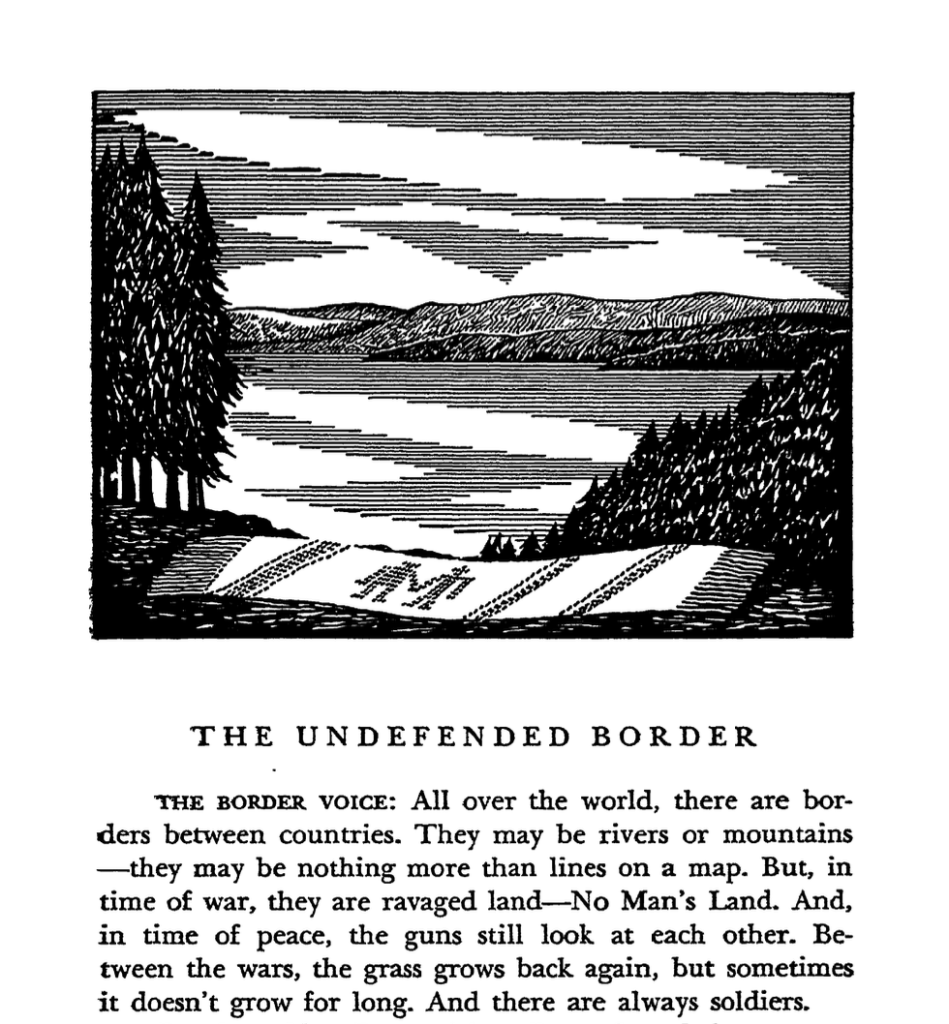
containing “Appointment,”
from my collection of radio-related literature
Speaking out against fascism—publicly and nationally, via the airwaves—used to be regarded in the United States of America as a moral imperative, or at least, in the terms of the Federal Communications Commission (FCC), as an act “in the public interest.”
These days, in the era of MAGA on steroids—and, to be clear, the first “A” in the acronym can be readily substituted to designate any number of imperiled democracies—fascism is no longer the anathema to democratic rule that it used to be understood as constituting.
This is mainly because democracy itself—as a construct, an ideal and a reality—has become anathema to the members of a growing movement that is celebratory of autocracy and that, perversely and perfidiously, argues anti-fascism to be a threat to autocracy as a preferred system of streamlined government in which checks and balances are discarded and in which oppositional forces and alternative voices are denounced as deleterious and traitorous.
I had been meaning to write about the weaponization of the FCC in the wake of the cancellation and temporary or partial silencing of late night talk shows critical of the Trump administration; but for some reason, and via a route too tedious to trace, I happened, quite fortuitously, as it turns out, on a script for a radio play by poet-journalist Norman Corwin, the unofficial “poet laureate” of US radio during the early to mid-1940s.
I have already devoted a dozen or so posts to Corwin and his work, including plays as diverse as “A Man with a Platform,” “My Client Curley,” and “Seems Radio Is Here to Stay.”
To this day, one of the most rewarding acknowledgments of my scholarly pursuits, such as they are, remains receiving word from Corwin expressive of his approval of my academic writings on him.
Although I have discussed many of Corwin’s writings for radio in Immaterial Culture, I had somehow failed to show up for his “Appointment”—a play first produced on 1 June 1941 as part of the cycle Twenty-six by Corwin.
Continue reading ““It gets something off my chest, doesn’t it?”: Keeping Norman Corwin’s “Appointment” (1941) Because Liberty Won’t Keep in the Heat of Hatred”











